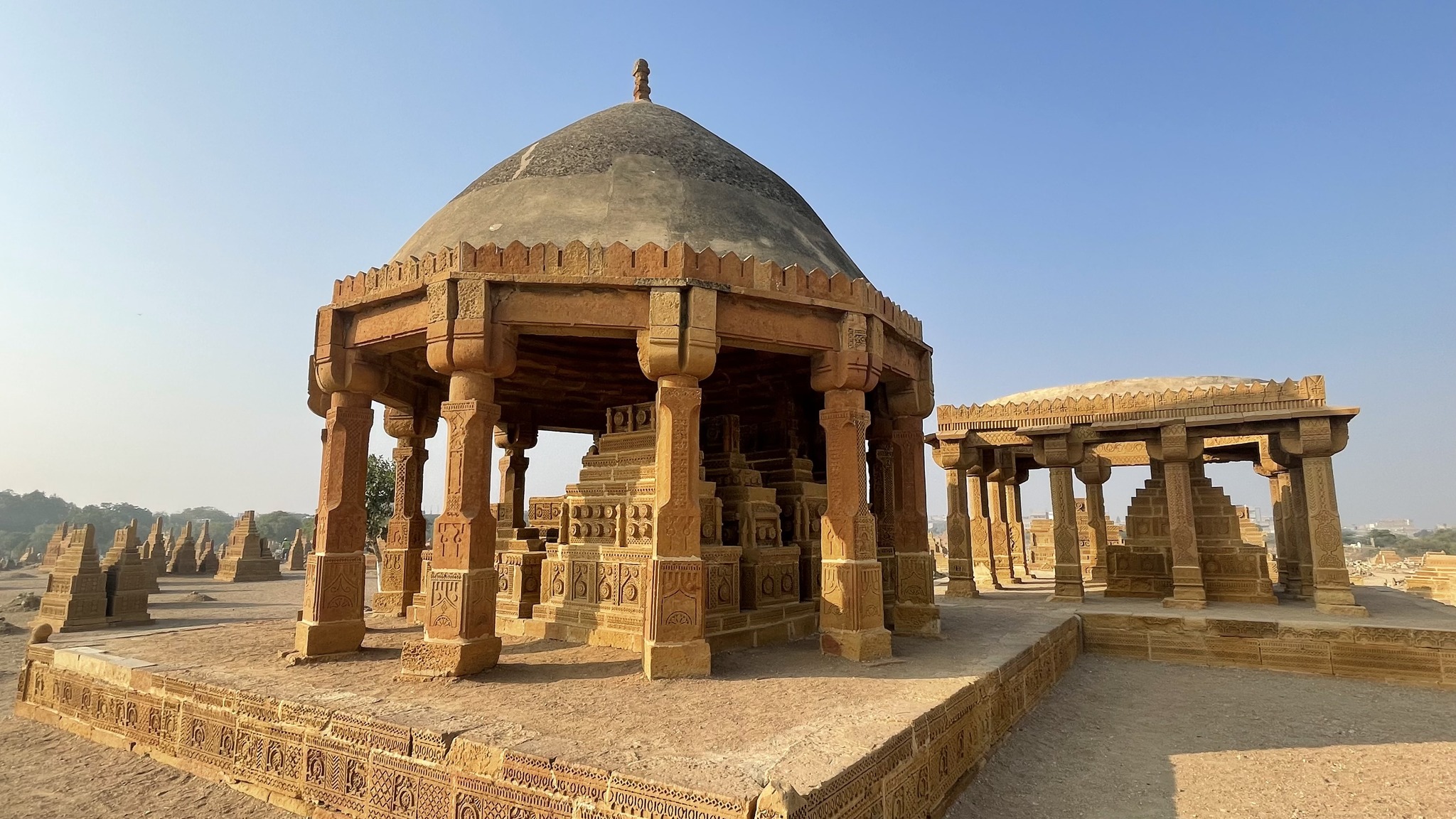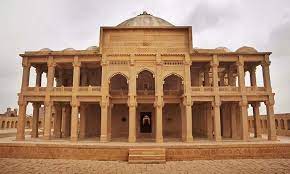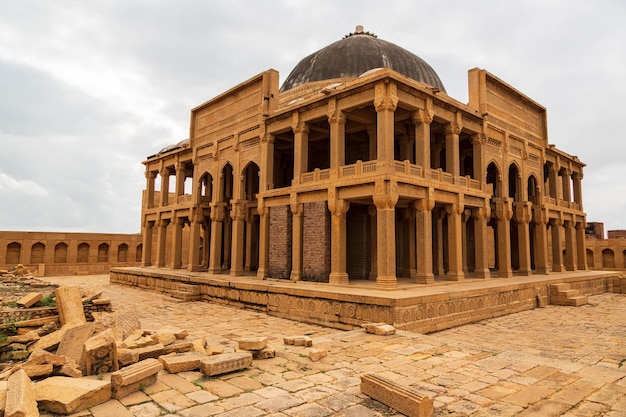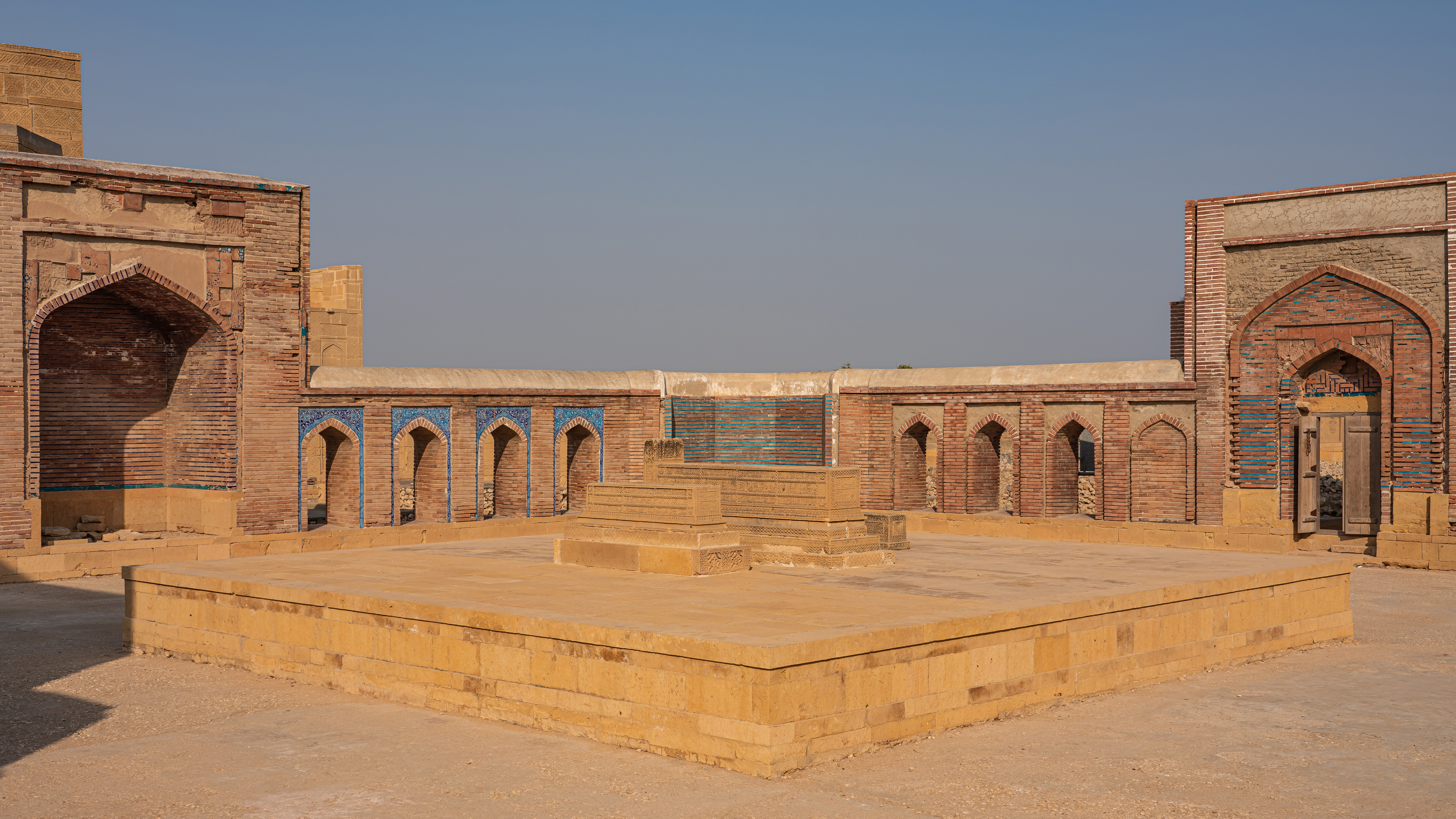Makli Necropolis

Introduction
Makli Necropolis, located near Thatta in Sindh, Pakistan, is one of the largest funerary sites in the world. Spanning over 10 square kilometers, it dates back to the 14th century and contains hundreds of thousands of tombs and mausoleums of kings, saints, scholars, and nobles.
Architectural Splendor
The tombs at Makli display a stunning mix of Islamic, Persian, Mughal, and local Sindhi architectural styles. Intricately carved sandstone and marble decorate the graves, with elaborate domes, minarets, and detailed geometric and floral motifs.
Historical Significance
- Royal Burial Site: The necropolis holds the graves of Samma and Arghun rulers, including Jam Nizamuddin II, one of Sindh’s most famous rulers.
- Cultural Fusion: It reflects centuries of cultural exchange, blending various artistic traditions and religious influences.
- Spiritual Importance: Many tombs belong to Sufi saints whose shrines attract pilgrims year-round.
Art and Inscriptions
The site is renowned for its calligraphy, stone carving, and tile work. Arabic, Persian, and Sindhi inscriptions tell stories of the deceased and provide historical records, offering insights into the region’s past.
Decline and Preservation
Despite its historical and cultural importance, Makli Necropolis has faced threats from natural decay and human neglect. Efforts by UNESCO and local authorities aim to preserve this vast heritage site.
Quick Facts
- Area: Approximately 10 square kilometers
- Estimated Tombs: Over 500,000
- Period: 14th to 18th centuries
- UNESCO World Heritage Site since 1981
Image Gallery




Makli Necropolis
Location: Thatta District, Sindh, Pakistan
Makli Necropolis is a UNESCO World Heritage Site, featuring elaborate tombs and monuments dating back to the 14th century. It reflects Sindh’s rich Islamic architecture and funerary art.
Learn more